Sharing their New Fashion Narrative in preparation for the FASHIONCLASH exhibition
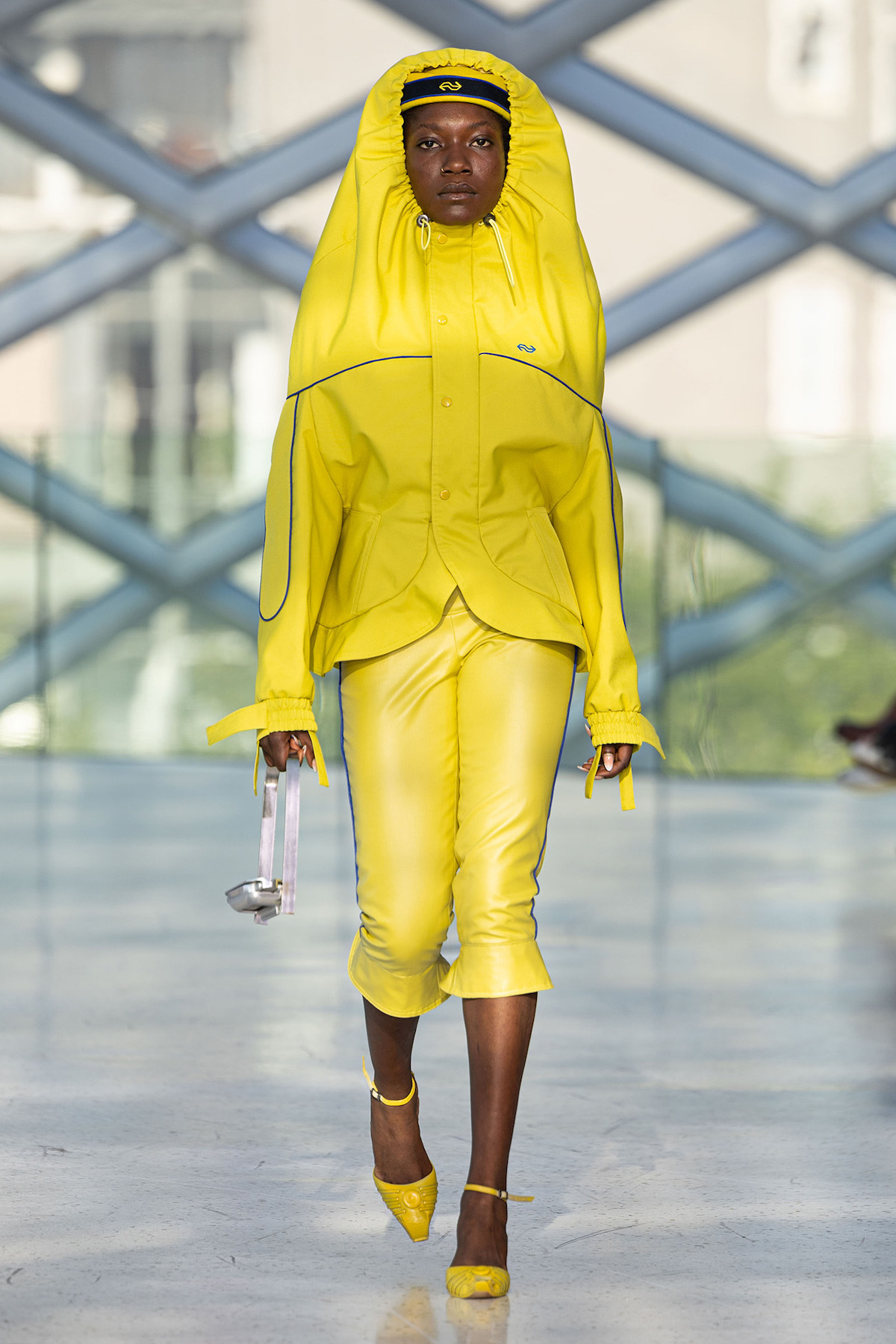
Named after two great artists – Pablo Salvador Willemars is one to look out for. Their graduation collection pays homage to their family, who have almost all been employed by the NS [Netherlands railway company]. The collection, titled, Beste Reizigers [Dear Travellers] is a looking glass into the Dutch culture of train travel. Made from NS uniforms, train coverings and memorabilia (ashtrays and so forth), this collection has been entirely repurposed and tailored within a contemporary lens. Their approach is just as bold as it is detailed, making the pieces hard to miss from a distance while simultaneously being hard to look away from when you’re up close. We caught up with the young designer to learn more about their design practice, in anticipation of their installation at the FASHIONCLASH festival x Glamcult New Fashion Narratives exhibition. Finding inspiration in even the most condemnable conversations on the train, Pablo convinces us to find joy in the everyday of train-life, while showcasing their artistry on the human body.
Hey Pablo! I would like to start with how are you? Tell me about your day.
I’m doing fabulous. Today I went to Breukelen, to get the last dolls for my exhibition. It was an adventure. That was actually my whole day.
A day doesn’t have to be any more than that! Could you introduce yourself and tell me what your career has looked like so far?
Sure! My name is Pablo Salvador Willemars, I was born in Utrecht, where I first studied fashion at the age of 16, doing menswear and tailoring, really the craft of making garments. And after that, I studied fashion design in Arnhem at the academy and I graduated there this summer. Now I’m assistant designer to Duran Lantink.
Fun! That’s great! Your submission for Fashion Clash was your graduation collection, which feels like one big cacophony of NS advertisements. Where does your love for NS and train travelling come from?
As I said, I grew up in Utrecht right in front of the railway museum. Both my parents, grandfathers and great-great-grandfathers were all employed by the NS. It was really this crazy train family – every holiday we would go by train, I had pillows of trains… it was just a madness of trains. With this collection, I wanted to pay homage to my family, but also capture this crazy train-culture that we have in the Netherlands.
Will you ever drive a car?
No.
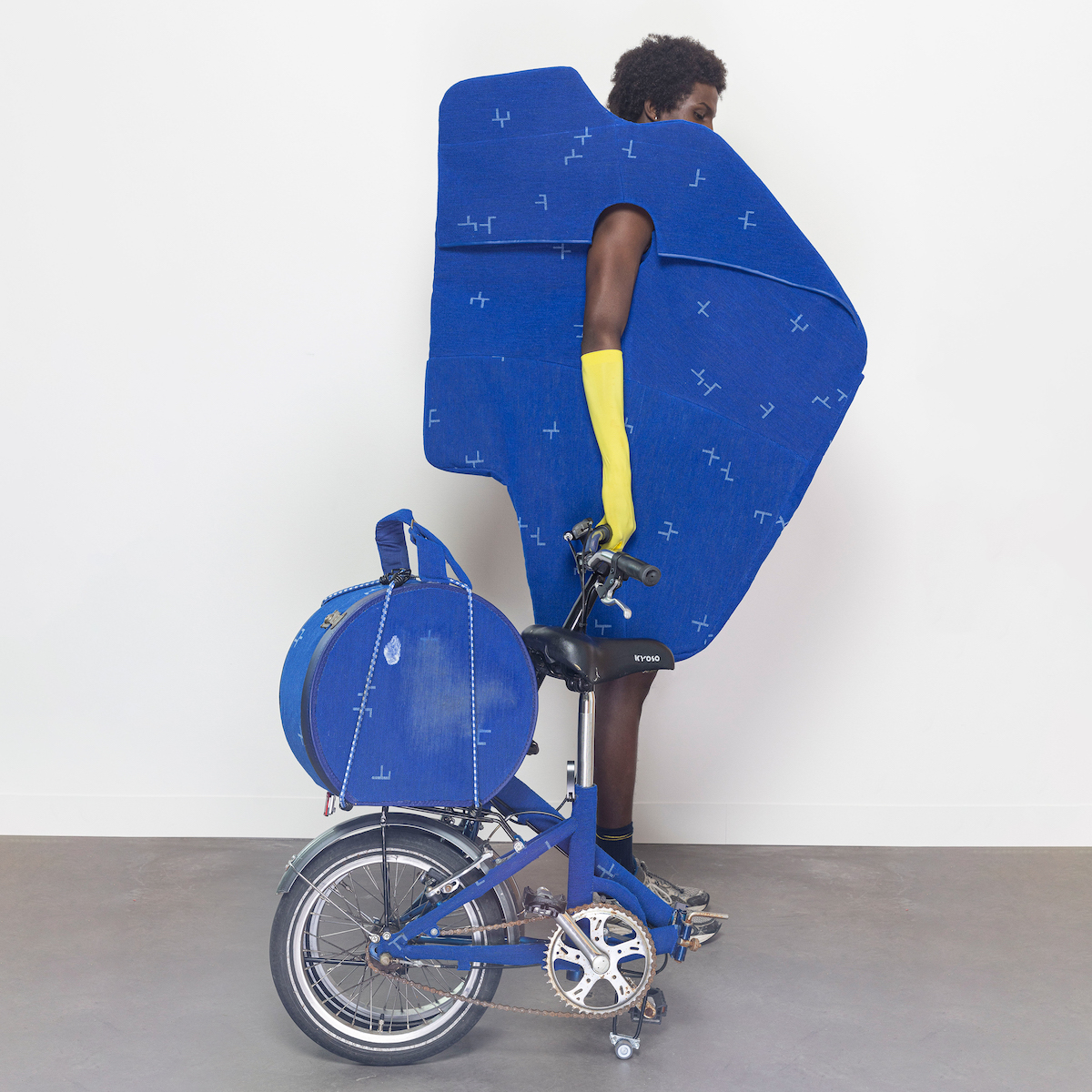
The title of your graduation collection, Beste Reizigers (Dear Passengers), is a reference to the notoriously (un)gendered language used by the NS. Was gender or genderlessness an important part of your inspiration? How has it been a part of your collection?
I think it is a part of the collection, but more because I don’t give it a part. It’s kind of an unspoken reality that none of the garments are gendered, but it’s not about that. It’s not the concept or the voice of the collection.
What is the voice of the collection?
The voice is it being an art piece and a joy – it shouldn’t be taken too seriously.
Certainly art! Some pieces don’t necessarily take wearability into focus– what draws you to create these more sculptural pieces?
The drive of this collection was really to make something for me, not thinking of what this fashion industry or teachers or other people expect from me to make. In that case, it’s also not about dressing a human body for everyday life – it’s about dressing the human body to show art.
Of course, durability, repurposing waste, and not adding to the existing fashion pile is a big topic right now. How do you respond to this in your work?
Most of the work is recycled from existing NS uniforms. We had a big dress-up box full of old NS clothing that my parents used to wear. I asked my mom and her colleagues to donate their old uniforms, and after this, the NS donated an entire archive of uniforms to me – so it’s really a moulage and assemblage of existing garments that tell a story. You can see the ironing marks of the people that aggressively ironed a polyester suit that shouldn’t be ironed, and the different smells of washing detergents. There are even sweat stains that ended up in the collection.
Nice, adding that little personal touch. And a bit of the stress of train travel! About that, I feel like there are a lot of details in your work that can get overlooked – what references (besides the ones you just mentioned) are hiding in your designs?
There’s this handbag that’s covered in a blue textile that came from the cover for the seats in the train, and there’s a little piece of gum that was pushed into the train seat. There are also garments that play with the NS uniforms – I copied their seams or piping to translate existing uniforms into something else. There is a kiosk cup attached to a skirt, and a handbag made out of an ashtray…
An ashtray?
There used to be ashtrays on the train!
That’s a funny memory, seems unreal to be smoking on a train now.
Definitely! There’s also a handbag made out of an emergency brake handle.
How do you source these pieces?
People apparently offer emergency brakes on Marktplaats.
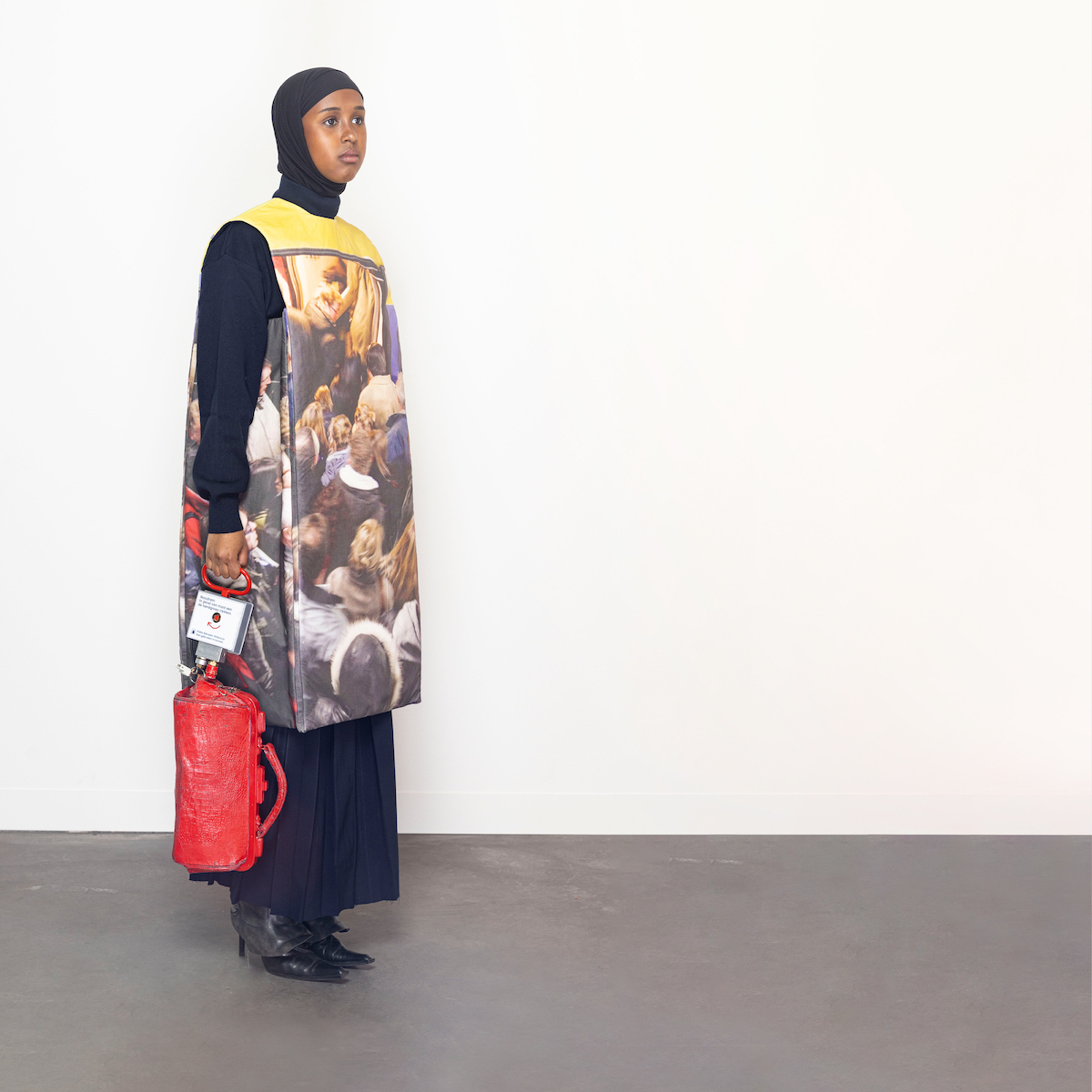
Love that. It seems like you had so much fun making this. What did you enjoy most about creating this collection?
I really enjoyed that I took the freedom to make it as crazy (and sometimes as simple) as I wanted it to be – I didn’t listen to anybody that gave me awful advice about making a clothing collection.
Did you get a lot of awful advice?
Not a lot – people seemed to understand what I was doing, but the process of making a collection was seen differently by a lot of people. They think that in a collection of fewer than ten garments there should be repetition, and cohesive colour schemes… teachers would ask ‘what the garment has to do with the other’. I would always just tell them to wait and in the end, it will come together. And even if it doesn’t, that still tells the story of the people you come across on the train – these people have nothing more in common than that they might have the same destination.
That’s also the democracy of train travel! Your FASHIONCLASH installation also plays into this – building on your graduation collection of course – visualizing a scene we all know too well: people talking in the silence coupe. Tell me what a conversation in the silence coupe feels like for you?
Actually, going into the silent coupe is my least favorite part of being on the train. It’s not so much the people that are talking in a space they “aren’t allowed to”, but the reaction it gives to the other people that feel entitled to shut down other people’s voices.
What does this evoke with you?
First of all, you’re playing against your own rules – because you’re the one talking. I think it has a lot to do with culture and the types of people silencing others. A lot of the time the people talking don’t know the concept of a silence coupe – which is also very unnecessary, if you want silence, go home – and this is coming from someone who loves quietness like no other. It’s just this aggression against an unknown person that’s wild to me.
Which conversations do you hope to spark with your installation?
Maybe I hope that people look differently at the train trips they make – have more joy taking the train and seeing what’s around them. There’s so much inspiration… even from the people that silence others.
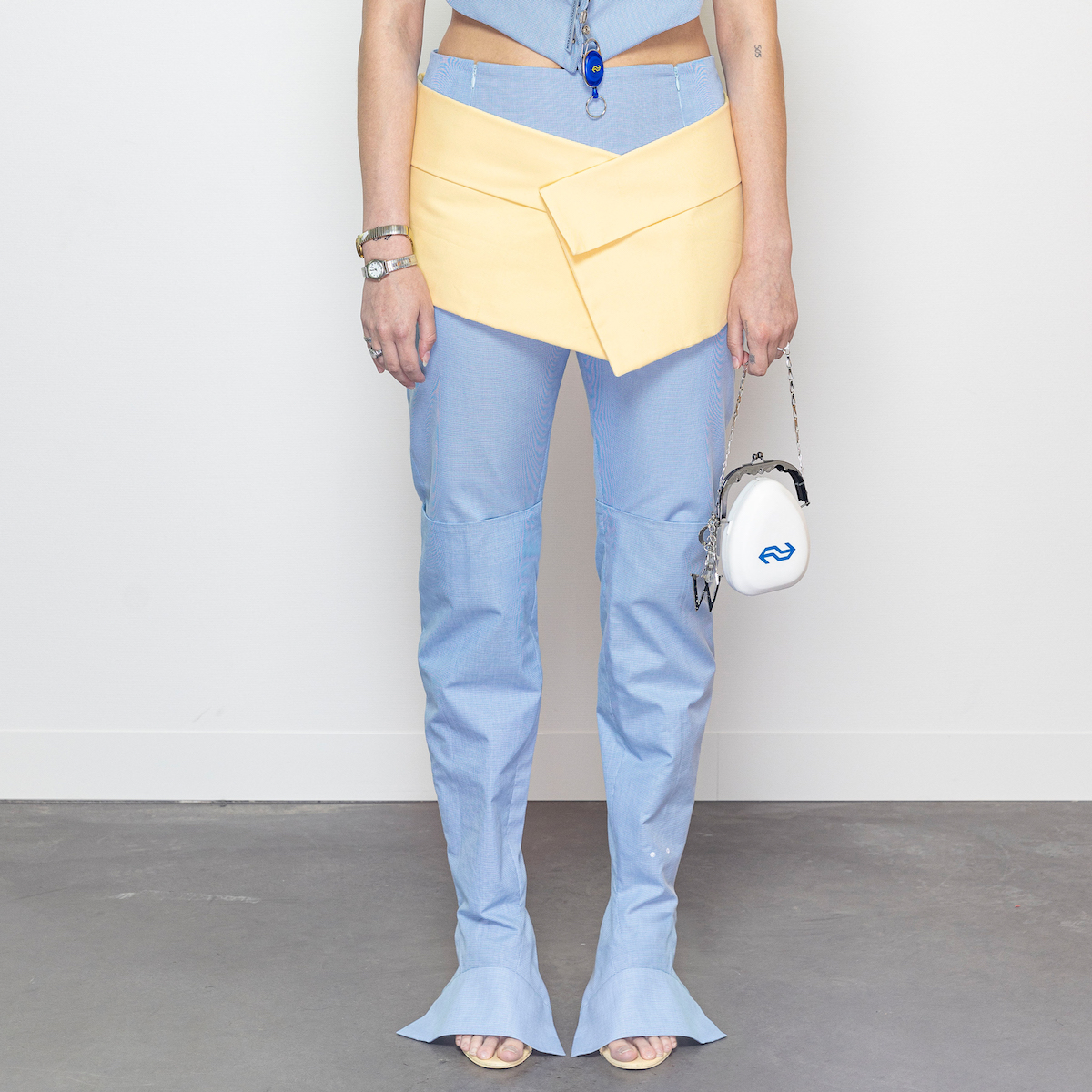
FASHIONCLASH is set to be an exquisite showcase. What excites you about being a part of this year’s curation? What are you looking out for?
I’m very much looking forward to sharing the space with a close friend of mine – Denzel, and even with teachers that have introduced me in the first steps of studying. Having my work next to them is exciting. Also, I am super excited to make new work and have a new interdisciplinary approach to my work.
Can we expect an NS collab soon?
I’m doing an interview with NS soon! And there’s more to come… there are talks about an NS wedding dress.
What do you hope to share with the FASHIONCLASH audience?
I hope we will use the New Fashion Narratives more than the… ‘other types’ of narratives. And I hope everyone takes the train to Maastricht.
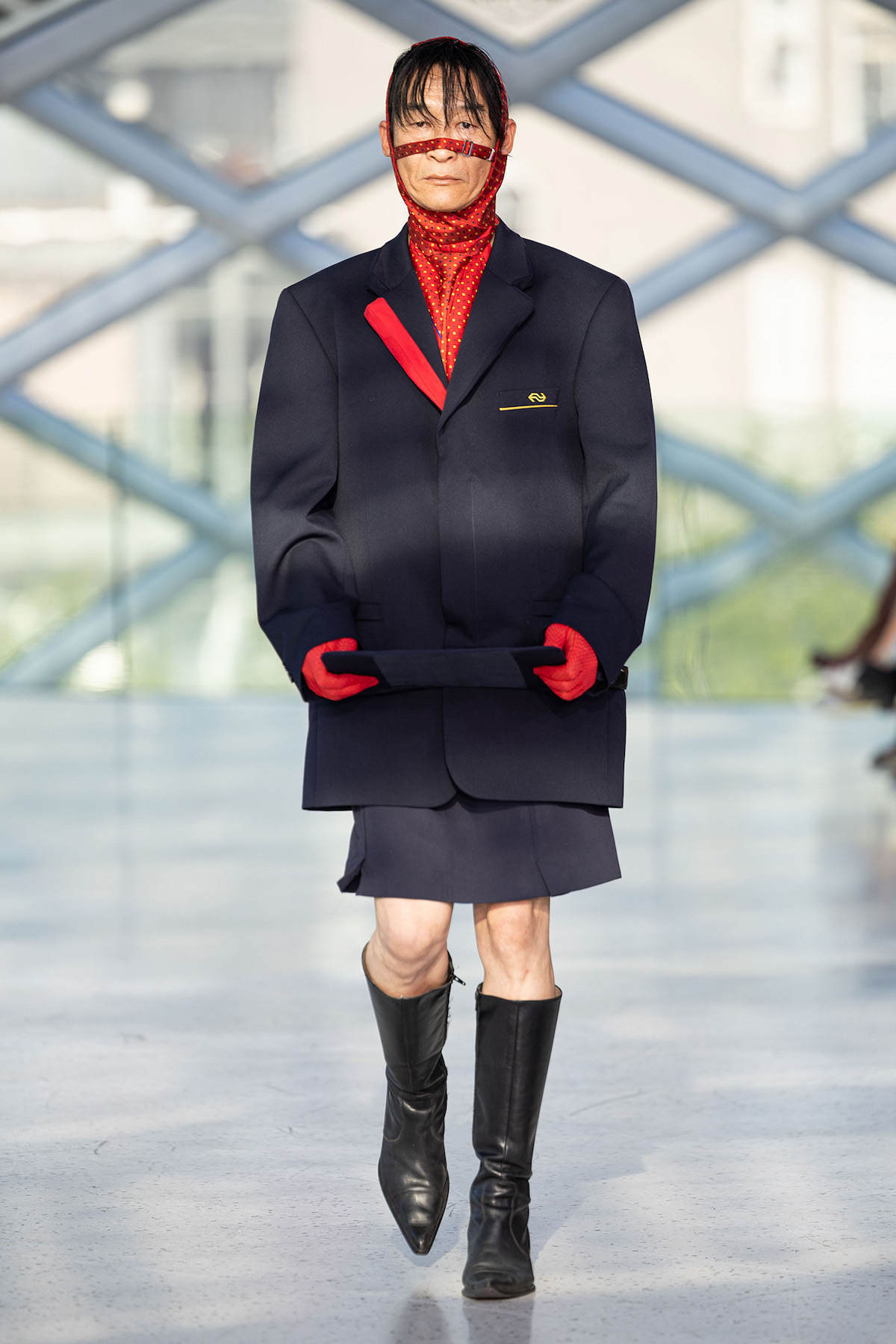
25-27th NOVEMBER
See the full programme and get tickets here.
Words by Pykel
Images courtesy of Pablo Salvador Willemars